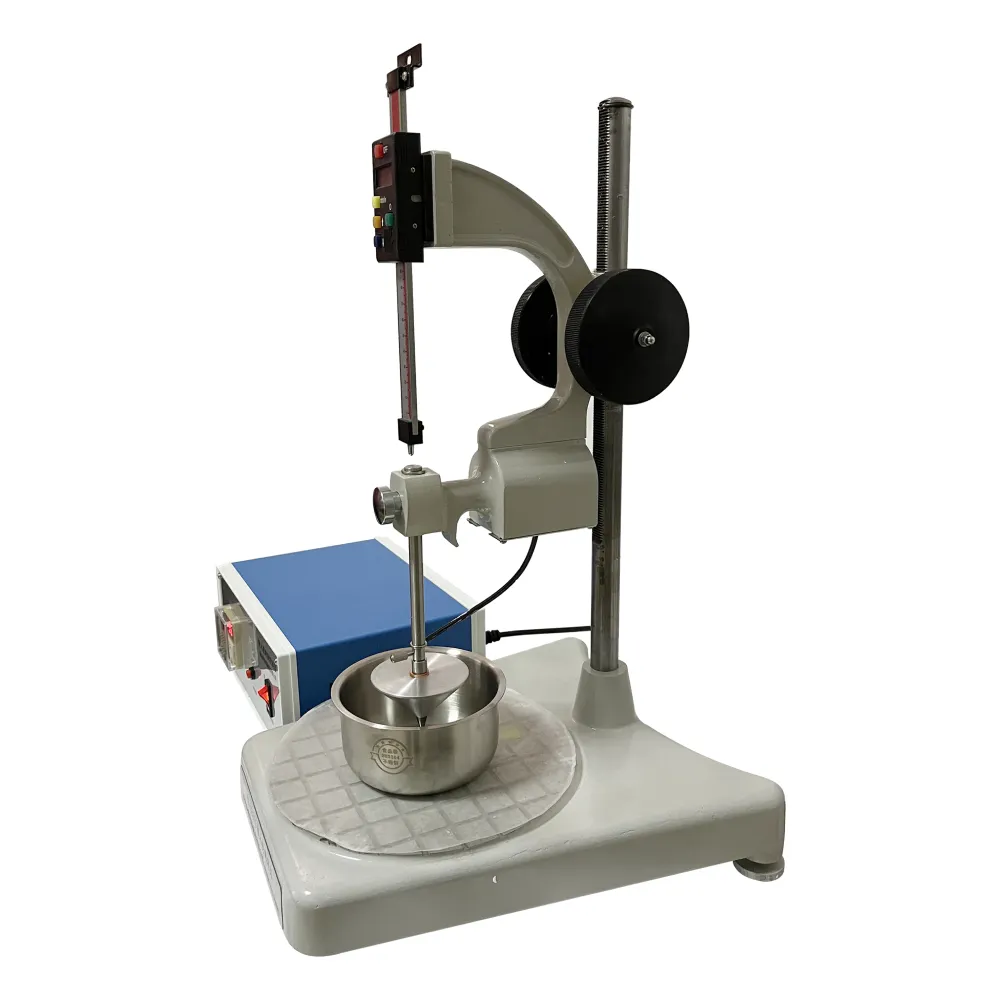 English
English



-
 Afrikaans
Afrikaans -
 Albanian
Albanian -
 Amharic
Amharic -
 Arabic
Arabic -
 Armenian
Armenian -
 Azerbaijani
Azerbaijani -
 Basque
Basque -
 Belarusian
Belarusian -
 Bengali
Bengali -
 Bosnian
Bosnian -
 Bulgarian
Bulgarian -
 Catalan
Catalan -
 Cebuano
Cebuano -
 China
China -
 China (Taiwan)
China (Taiwan) -
 Corsican
Corsican -
 Croatian
Croatian -
 Czech
Czech -
 Danish
Danish -
 Dutch
Dutch -
 English
English -
 Esperanto
Esperanto -
 Estonian
Estonian -
 Finnish
Finnish -
 French
French -
 Frisian
Frisian -
 Galician
Galician -
 Georgian
Georgian -
 German
German -
 Greek
Greek -
 Gujarati
Gujarati -
 Haitian Creole
Haitian Creole -
 hausa
hausa -
 hawaiian
hawaiian -
 Hebrew
Hebrew -
 Hindi
Hindi -
 Miao
Miao -
 Hungarian
Hungarian -
 Icelandic
Icelandic -
 igbo
igbo -
 Indonesian
Indonesian -
 irish
irish -
 Italian
Italian -
 Japanese
Japanese -
 Javanese
Javanese -
 Kannada
Kannada -
 kazakh
kazakh -
 Khmer
Khmer -
 Rwandese
Rwandese -
 Korean
Korean -
 Kurdish
Kurdish -
 Kyrgyz
Kyrgyz -
 Lao
Lao -
 Latin
Latin -
 Latvian
Latvian -
 Lithuanian
Lithuanian -
 Luxembourgish
Luxembourgish -
 Macedonian
Macedonian -
 Malgashi
Malgashi -
 Malay
Malay -
 Malayalam
Malayalam -
 Maltese
Maltese -
 Maori
Maori -
 Marathi
Marathi -
 Mongolian
Mongolian -
 Myanmar
Myanmar -
 Nepali
Nepali -
 Norwegian
Norwegian -
 Norwegian
Norwegian -
 Occitan
Occitan -
 Pashto
Pashto -
 Persian
Persian -
 Polish
Polish -
 Portuguese
Portuguese -
 Punjabi
Punjabi -
 Romanian
Romanian -
 Russian
Russian -
 Samoan
Samoan -
 Scottish Gaelic
Scottish Gaelic -
 Serbian
Serbian -
 Sesotho
Sesotho -
 Shona
Shona -
 Sindhi
Sindhi -
 Sinhala
Sinhala -
 Slovak
Slovak -
 Slovenian
Slovenian -
 Somali
Somali -
 Spanish
Spanish -
 Sundanese
Sundanese -
 Swahili
Swahili -
 Swedish
Swedish -
 Tagalog
Tagalog -
 Tajik
Tajik -
 Tamil
Tamil -
 Tatar
Tatar -
 Telugu
Telugu -
 Thai
Thai -
 Turkish
Turkish -
 Turkmen
Turkmen -
 Ukrainian
Ukrainian -
 Urdu
Urdu -
 Uighur
Uighur -
 Uzbek
Uzbek -
 Vietnamese
Vietnamese -
 Welsh
Welsh -
 Bantu
Bantu -
 Yiddish
Yiddish -
 Yoruba
Yoruba -
 Zulu
Zulu
Tap Changer Switch - Efficient Voltage Regulation Solutions
Understanding Tap Changer Switches in Electrical Systems
A tap changer switch, often referred to as a tap changer, is an essential component in electrical systems, particularly in transformers. It plays a critical role in voltage regulation by adjusting the number of turns in the transformer’s winding. This capability is paramount in ensuring that the voltage output remains stable and within desired limits, especially in power distribution networks.
Transformers are designed to either step up or step down voltage levels, allowing electricity to be transmitted efficiently over long distances. However, fluctuations in demand can lead to variations in voltage. This is where tap changer switches come into play. By modifying the transformer’s winding connections, they can increase or decrease the voltage supplied to the system.
There are two main types of tap changers manual and automatic. Manual tap changers require human intervention to adjust the taps, which may be necessary during maintenance or specific operational conditions. While this method can be reliable, it may not be practical in situations that require immediate responses to fluctuating power demands. As a result, automatic tap changers have become increasingly popular. These devices can detect voltage levels in real-time and make adjustments accordingly, ensuring a more responsive and consistent voltage output.
tap changer switch

Automatic tap changers can be either on-load or off-load. On-load tap changers allow adjustments without interrupting the operation of the transformer, making them ideal for systems that cannot afford downtime. Off-load tap changers, on the other hand, require the transformer to be offline during adjustments. They are typically used in less critical applications where immediate voltage regulation is not as crucial.
The operation of a tap changer is based on mechanical and electrical principles. When a tap changer is activated, it connects to different points on the winding, effectively changing the turns ratio of the transformer. This adjustment alters the output voltage according to the demands of the electrical grid. Modern tap changers are often controlled by sophisticated electronic systems that ensure quick and precise adjustments, enhancing the overall efficiency of power delivery.
In summary, tap changer switches are vital for maintaining voltage stability in electrical systems. Their ability to adapt to changing load conditions ensures that transformers can operate efficiently, benefiting both power suppliers and consumers. As technology advances, the development of more sophisticated tap changers continues to improve the reliability and quality of electricity distribution, addressing the evolving needs of our energy consumption landscape. Understanding these devices is crucial for engineers and technicians involved in the design, operation, and maintenance of electrical systems, as they play a significant role in the stability and efficiency of power networks globally.
-
Ensuring SF₆ Gas Safety: Introducing PUSH’s Integrated SF₆ Analyzer for Dew Point, Purity, and Decomposition MonitoringNewsJul.10,2025
-
Exploring the Main Types of Industrial Endoscopes and Their Applications Across IndustriesNewsJul.04,2025
-
Testing Equipment Industry Sees Major Advancements in 2025: Smart & Precision Technologies Lead the WayNewsJun.06,2025
-
Applications of Direct Current Generators in Renewable Energy SystemsNewsJun.05,2025
-
Hipot Tester Calibration and Accuracy GuidelinesNewsJun.05,2025
-
Digital Circuit Breaker Analyzer Features and BenefitsNewsJun.05,2025



